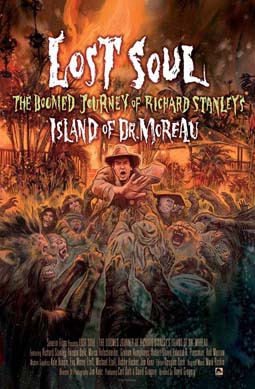This 1996 film tells the story of four witches, all of whom attend the same very judgmental high school.
Nancy (Fairuza Balk) is their leader, the one who is most dedicated to worshiping the ancient deity “Manon.” Nacy dressed in black, like all good people. She also lives in a trailer park with her pervy stepfather and her chainsmoking mother. Sarcastic and quick with an insult, Nancy is an outcast and she’s proud of it.
Bonnie (Neve Campbell) is the quiet witch. She’s the one who wears baggy clothes and hardly ever seems to wash her hair. She’s insecure because her back is covered in scars, the result of a car accident. Bonnie follows Nancy’s orders.
Rochelle (Rachel True) is the witch who never seems to get to do much. As one of the only black students at the high school, she faces constant discrimination. She likes to swim. To be honest, we don’t find out much about Rochelle beyond that.
And then there’s Sarah (Robin Tunney). She’s the new girl at school, having just moved from San Francisco to Los Angeles. Bonnie is the first one who notices that Sarah has powers of her own. Even though Sarah is, at first, freaked out by Nancy’s talk of Manon, she eventually joins the group after a male student, the loathsome Chris Hooker (Skeet Ulrich), starts to spread rumors about her.
Together …. they solve crimes!
No, actually, they don’t. Instead, they cast spells. Fortunately, now that Sarah has joined the group, they’re finally powerful enough to actually make their spells mean something. Soon, each girl is getting exactly what she wants but they’ve forgotten the Rule of Three — every action returns to you threefold.
And, even worse, Nancy’s starting to act just a little bit crazed….
I love The Craft. In fact, to be honest, I have yet to meet anyone who doesn’t love the film. That doesn’t mean that the film is flawless, of course. There’s actually a whole lot of things that I could point out that don’t quite work about this film. For instance, the character of Rochelle is totally underdeveloped. Robin Tunney, as good an actress as she is, sometimes seems to be miscast as Sarah. (It’s hard not to feel that she and Neve Campbell should have switched roles.) The film starts out as a clever and sharp-tongued satire but it kind of loses its way towards the end, becoming a far more conventional supernatural thriller.
But no matter! Sometimes, the flaws just don’t matter. The Craft works because anyone who has ever felt like an outcast — and, let’s just be honest, that’s pretty much everyone — can relate to the film. At some point in their life, everyone has felt ostracized. Everyone has felt like they were on the outside looking in. Everyone has wished that they had the ability to cast a spell whenever they wanted. Everyone has felt like Sarah, Bonnie, and Rochelle and, even more importantly, everyone has felt like vengeful Nancy.
Perhaps appropriately, it’s the actress who plays Nancy, Fairuza Balk, who steals the entire film. It’s not that the other actors are bad. Indeed, the strong and likable cast is one of this film’s main strengths. But no one can quite match Balk’s intensity as Nancy. Balk manages to remain believable even while going totally over the top. In the end, Nancy is the most compelling character in the film. She may be a villain. She may kill a few people. But she’s also the only character willing to stand up for herself. Sarah’s magic may be powerful but she never seems to be having much fun with it. Nancy, on the other hand, is all about showing off what one can do with enough power.
I rewatched The Craft a few Halloweens ago and I’m glad that I did. It provided the perfect conclusion to that year’s October holiday. I look forward to watching it again in the future.




